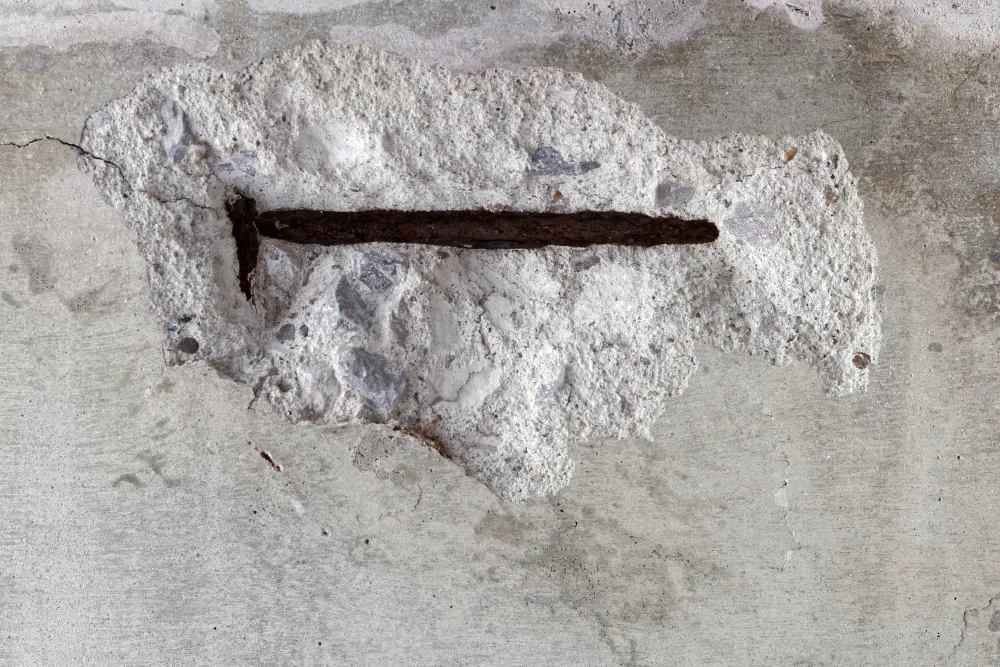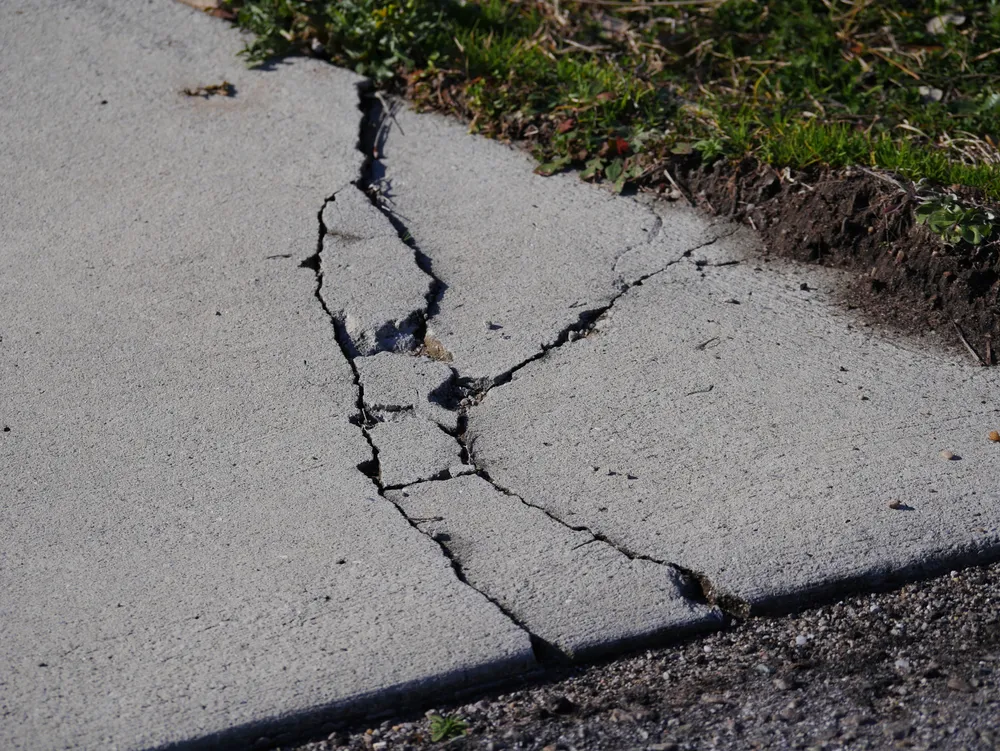Addressing Spalling Concrete: Causes and Solutions
Spalling concrete can be a frustrating and unsightly issue for property owners. Whether you’re dealing with concrete spalling on your driveway, sidewalk, or other concrete surfaces, it’s essential to understand what causes it and how to effectively address and repair the problem. This comprehensive guide will delve into the world of spalling concrete, exploring its causes repair methods, and providing valuable insights to help you make informed decisions. What Is Spalling Concrete? Spalling concrete refers to the deterioration of concrete surfaces, characterized by the chipping, flaking, or breaking off of small pieces or layers of the material. It often results in a rough and uneven texture, compromising the aesthetics and functionality of the affected concrete. Common Causes of Spalling Concrete Several factors contribute to the development of spalling concrete. Understanding these causes is very important to preventing and addressing the issue effectively: Freeze-Thaw Cycles: In regions with cold winters, repeated freeze-thaw cycles can cause moisture within the concrete to expand and contract. This expansion exerts pressure on the concrete, leading to cracking and spalling. Chemical Deicers: The use of chemical deicers, such as rock salt, on concrete surfaces can accelerate the deterioration process. These chemicals can penetrate the concrete, disrupt its structure, and contribute to spalling. Poor Concrete Mix: Improperly mixed or low-quality concrete is more susceptible to spalling. Inadequate curing and insufficient air entrainment can weaken the concrete’s resistance to external factors. Moisture Infiltration: When water infiltrates the concrete due to cracks or improper sealing, it can erode the internal structure, causing spalling over time. Aging and Wear: Concrete surfaces naturally age and wear over time. Heavy traffic, abrasion, and exposure to the elements can accelerate spalling in older concrete. The Importance of Timely Concrete Spalling Repair Addressing spalling concrete promptly is important to avoid more damage and retain the structural integrity of the affected surfaces. Letting these repairs go unlooked can become more extensive and costly issues down the road. Additionally, repairing spalling concrete enhances safety by eliminating tripping hazards and also improves the aesthetics of your property. Spalling Concrete Repair Methods There are various methods to repair spalling concrete, depending on the extent of the damage. Here are some common approaches: Surface Patching: For minor spalling, surface patching with a suitable concrete repair mix can effectively restore the appearance and functionality of the concrete. Resurfacing: In cases of moderate spalling, resurfacing involves applying a new layer of concrete across the damaged surface. This method provides a fresh and durable finish. Full Replacement: Severe spalling concrete may require full replacement of the affected area. Removing the damaged concrete and pouring a new concrete slab. Crack Repair: Addressing any underlying cracks in the concrete is crucial to prevent further moisture infiltration and spalling. Epoxy injections or other crack repair techniques may be necessary. Approximate Cost of Spalling Concrete Repair The cost of spalling concrete repair can vary widely depending on several factors, including the extent of the damage, the chosen repair method, and local labor and material costs. Here are approximate cost ranges for common repair methods: Surface Patching: $2 to $6 per square foot Resurfacing: $3 to $10 per square foot Full Replacement: $6 to $12 per square foot Crack Repair: $150 to $500 per crack Obtaining quotes from local contractors is essential to get a more accurate estimate for your specific project. FAQs What is the main difference between spalling concrete and cracking? Spalling concrete involves the chipping, flaking, or breaking off of small pieces or layers of concrete from the surface, while cracking refers to the formation of cracks in the concrete without material loss. Can I prevent spalling concrete on my driveway? Yes, preventative measures include proper sealing, avoiding chemical deicers, and addressing cracks promptly. Is spalling concrete repair a DIY project? While minor repairs can be DIY-friendly, more extensive spalling issues should be addressed by professionals to ensure proper restoration and structural integrity. What is the expected lifespan of repaired spalling concrete? Properly repaired spalling concrete can last for many years, depending on maintenance and environmental factors. Are there eco-friendly options for spalling concrete repair? Some environmentally friendly repair materials and methods are available, so it’s worth discussing eco-conscious options with contractors. Can spalling concrete be a sign of more significant structural issues? In some cases, extensive spalling can indicate underlying structural problems, so it’s advisable to have a professional assessment if you suspect this. Conclusion Addressing spalling concrete promptly and effectively is essential to preserve the appearance and structural integrity of concrete surfaces. Understanding the causes and available repair methods empowers property owners to make informed decisions and maintain the durability and safety of their concrete structures. Whether it’s minor surface patching or full replacement, investing in spalling concrete repair is an investment in the long-term value of your property.
Addressing Spalling Concrete: Causes and Solutions Read More »


